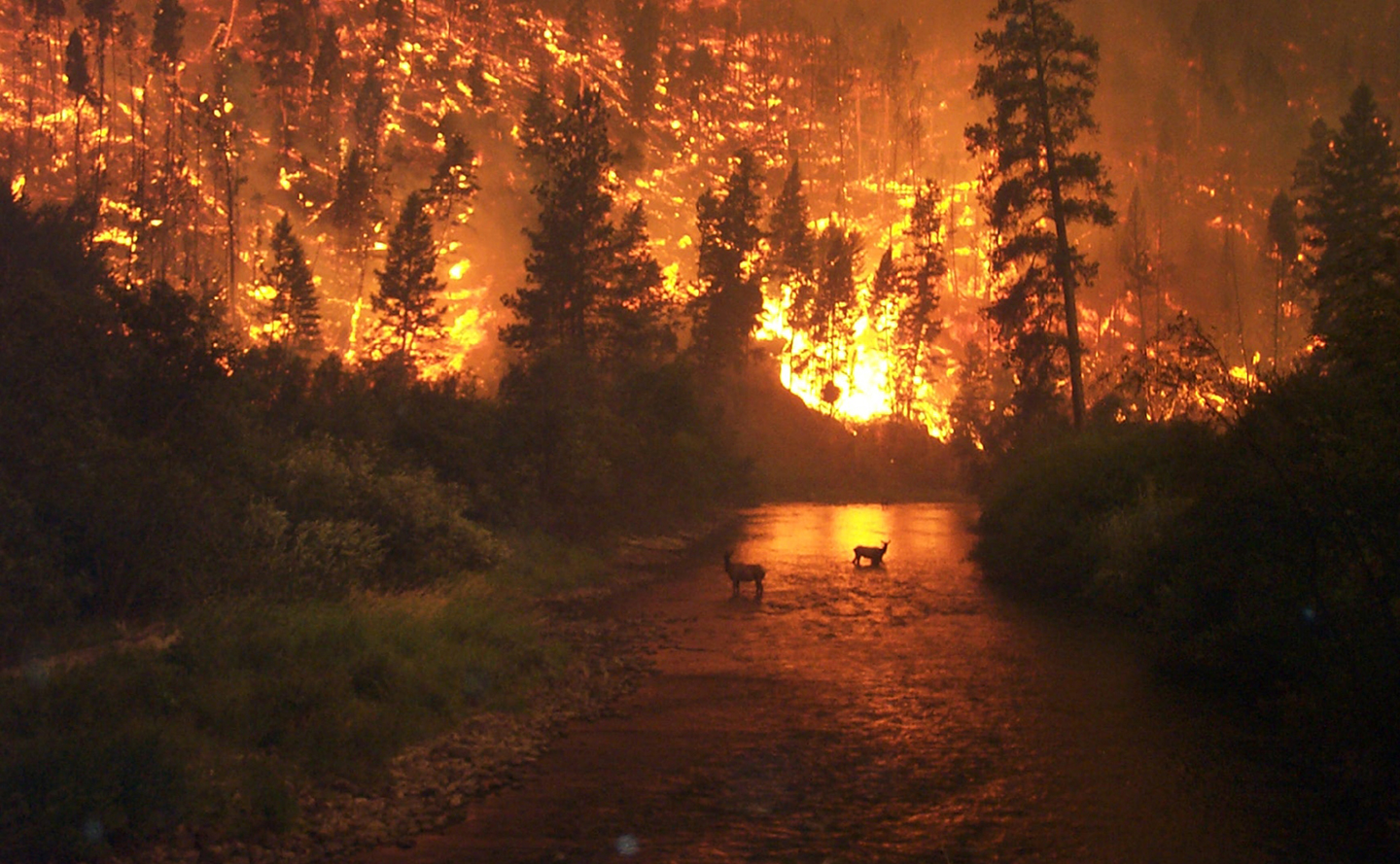Sigmund Freud, “On Transience,” in Standard Edition of the Complete Psychological Works of Sigmund Freud, vol. 14, ed. and trans. James Strachey (Hogarth Press, 1957), 305. Emphasis in original.
Freud, “On Transience,” 305.
Freud, “On Transience,” 306.
Theodor Adorno, Minima Moralia (Verso, 2005), 55. Translation slightly modified.
Giorgio Agamben, Stanzas: Words and Phantasm in Western Culture, trans. Robert L. Martinez (University of Minnesota Press, 1993), 20. Emphasis in original.
Rosa Luxemburg, “The Junius Pamphlet, Pt. 1: The Crisis in German Social Democracy,” in Selected Political Writings of Rosa Luxemburg, ed. Dick Howard (Monthly Review Press, 1971), 324.
Sigmund Freud, “Beyond the Pleasure Principle,” in Standard Edition, vol. 18 (Hogarth Press, 1955).
Lord Byron, Poetical Works (Oxford University Press, 1945), 95.
Claude Lévi-Strauss, Tristes Tropiques (Penguin, 2011), 413.
Norbert Wiener, Cybernetics, or Control and Communication in the Animal and Machine (MIT Press, 2013), 154.
George Caffentzis, Letters of Fire and Blood: Work, Machines, and the Crisis of Capitalism (PM Press, 2013), 13, 14, 12.
William Thomson, “On a Universal Tendency in Nature to the Dissipation of Mechanical Energy” (1852), cited in Crosbie Smith and M. Norbert Wise, Energy and Empire: A Biographical Study of Lord Kelvin (Cambridge University Press, 1989), 499–500.
Michel Serres, Hermes: Literature, Science, Philosophy (Johns Hopkins University Press, 1982), 72.
Louis Althusser, On Ideology (Verso, 2008), 149. Emphasis in original.
Adrian Johnston, Time Drive: Metapsychology and the Splitting of the Drive (Northwestern University Press, 2005), 183. Emphasis in original.
Adrian Johnston, “The Weakness of Nature: Hegel, Freud, Lacan and Negativity Materialized,” in Hegel and the Infinite: Religion, Politics and Dialectic, ed. Slavoj Žižek, Clayton Crockett, and Creston Davis (Columbia University Press, 2011), 160.
Jacques Lacan, The Seminar of Jacques Lacan: The Other Side of Psychoanalysis (Book XVII), ed. Jacques-Alain Miller, trans. Russell Grigg (Norton, 2007), 45.
For Lacan, the signifier is the basic unit of language. When Lacan speaks of signifiers he is usually referring simply to “words,” although the two terms are not, strictly speaking, equivalent. For a useful definition, see the entry “Signifier (significant)” in Dylan Evans, A Dictionary of Lacanian Psychoanalysis (Routledge, 1996), 186–87.
Stanley Cavell, Must We Mean What We Say? (Cambridge University press, 1976), 161.
Jacques Lacan, The Four Fundamental Concepts of Psycho-Analysis, ed. Jacques-Alain Miller, trans. Alan Sheridan (Routledge, 2018), 61.
See Eric Santner, who here draws deliberately on the lyrics of the song made famous by Frank Sinatra, and, we should add, The Sex Pistols. Santner, Untying Things Together: Philosophy, Literature, and a Life in Theory (University of Chicago Press, 2022), 194.
Margaret Atwood, Bodily Harm (Emblem, 2010), 181.
The ideas put forward in Cohle’s speech also have clear connections with ideas found in Thomas Ligotti, The Conspiracy Against the Human Race (Penguin, 2018).
Sophocles, Four Tragedies, trans. Oliver Taplin (Oxford University Press, 2015), 272.
Friedrich Nietzsche, The Birth of Tragedy and Other Writings, trans. Ronald Spiers (Cambridge University Press, 1999), 23. Emphasis in original.
Sigmund Freud, Standard Edition, vol. 8 (Hogarth Press, 1960), 57.
See Bernard Williams, “The Makropulos Case: Reflections on the Tedium of Immortality,” in Problems of the Self (Cambridge University Press, 1999), 87.
Freud, Standard Edition, vol. 8, 57. Emphasis in original.
Aaron Schuster, The Trouble with Pleasure: Deleuze and Psychoanalysis (MIT Press, 2016), 15.
This is, in essence, the argument of David Benatar’s Better Never to Have Been: The Harm of Coming into Being (Oxford: Clarendon Press, 2006). For an overview of anti-natalist arguments, see Ken Coats, Anti-Natalism: Rejectionist Philosophy from Buddhism to Benatar (Design Publishing, 2014).
Arthur Schopenhauer, Studies in Pessimism, trans. T. Bailey Saunders (Swan Sonnenschein & Co., 1891), 14.
Peter Wessel Zapffe, “The Last Messiah,” Philosophy Now, no. 45 (March–April 2004). Translation slightly amended.
“A Brief History of the Church of Euthanasia,” churchofeuthanasia.org →.
Patricia MacCormack, The Ahuman Manifesto: Activism for the Age of the Anthropocene (Bloomsbury, 2020), 140, 162, 141, 10, 9.
Lee Edelman, No Future: Queer Theory and the Death Drive (Duke University Press, 2004), 2, 3, 11, 4, 75.
The figure who embodies this radical negativity is the “sinthomosexual,” a neologism which Edelman adapts from Lacan’s notion of the sinthome, the unanalysable kernel of the subject which binds together the three registers of the real, the imaginary, and the symbolic.
Edelman, No Future, 29. It is perhaps not insignificant to note that Edelman’s hostility is, at times, explicitly directly at working-class female children: “Fuck Annie, fuck the waif in Les Mis” (29).
Thom van Dooren, Flight Ways: Life and Loss at the Edge of Extinction (Columbia University Press, 2014), 12.
Karl Marx and Friedrich Engels, The Communist Manifesto (London: Penguin, 2002), 223.
Edelman, No Future, 6.
Theodor W. Adorno, Metaphysics: Concept and Problems, trans. Edmund Jephcott (Polity Press, 2001), 136.
Adorno, Metaphysics, 136; Alenka Zupančič, What is Sex? (MIT Press, 2017), 106.
Theodor Adorno, “Progress,” in Critical Models (Columbia University Press, 2005), 144. Emphasis in original.
Ernst Bloch, On Karl Marx (Verso, 2018), 44.
Thanks to Maria Balaska, Peter Buse, Rohit Goel, and Frank Ruda for comments on an earlier version of this essay. Additional thanks to Elvia Wilk for editorial input.
